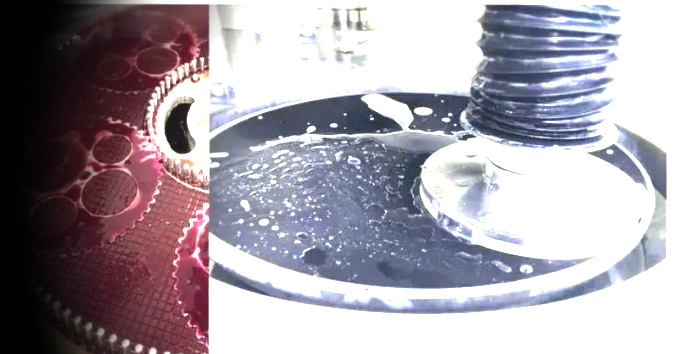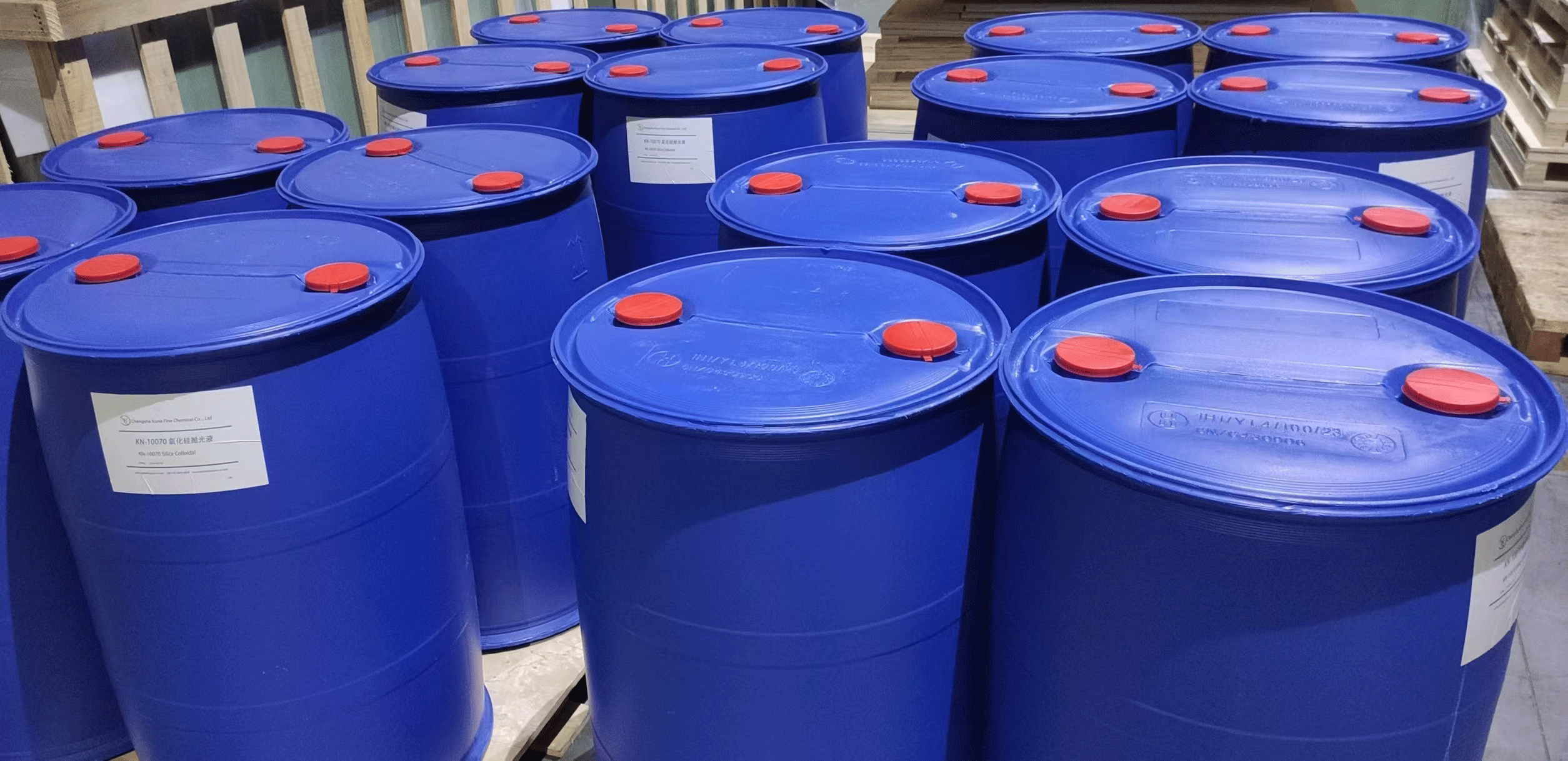The Expanding Industrial Applications of Sapphire Substrates and Windows
Sapphire, primarily known for its use in jewelry, is gaining significant traction in various industrial applications due to its unique properties. Composed mainly of aluminum oxide, sapphire is classified as an inorganic material. With a Mohs hardness of 9, it is the second hardest natural material after diamond. These exceptional physical properties make sapphire increasingly valuable across multiple industrial sectors.
One of the most notable applications of sapphire is in the LED industry, where its hardness and excellent optical transparency make it an ideal substrate material. Sapphire substrates are essential for the production of high-quality Gallium Nitride (GaN) materials, which are crucial for the performance of semiconductor light-emitting diodes (LEDs) and laser diodes. The lattice matching between single-crystal sapphire and GaN improves the efficiency of these devices, making sapphire the preferred substrate material for blue light-emitting diodes and laser diodes. The use of sapphire polishing slurry is critical in achieving the required surface smoothness and quality of the sapphire substrates, further enhancing the performance of these devices.
Sapphire is also widely used in various types of window applications. Sapphire window panes are utilized in critical sectors such as aerospace, aviation, maritime, and medical devices. The durability and scratch resistance of sapphire allow it to perform reliably in demanding environments.
The Sapphire Substrate is mostly using C-phase Sapphire, and the Windows is mostly A-phase Sapphire
In the consumer electronics sector, sapphire is increasingly employed in mobile devices. It is utilized for smartphone screens, home buttons, back covers, and camera lens covers. The material's resistance to wear and scratches enhances the longevity and performance of these everyday devices. Additionally, sapphire's high optical clarity and hardness make it ideal for high-end watch crystals, ensuring both functionality and aesthetic appeal.
The industrial applications of sapphire substrates predominantly involve C-phase sapphire, while A-phase sapphire is more common in window applications. The mechanical properties of single-crystal sapphire, which are influenced by its density, further enhance its suitability for these uses. Theoretical calculations suggest that 100% pure single-crystal sapphire has a density of 3.986 g/cm³, providing optimal mechanical properties.

The sapphire wafer used in the industrial field mostly adopts the CMP polishing method
However, the hardness of sapphire presents challenges in processing, particularly in terms of grinding and polishing. Traditional methods may lead to low efficiency and surface scratches. To address these challenges, Chemical Mechanical Polishing (CMP) has emerged as the predominant technique for sapphire wafer and window production. CMP combines mechanical abrasion with chemical etching to create a smooth, flat surface on sapphire substrates.

How to choose abrasives in CMP polishing?
In CMP processes, the selection of polishing slurry is critical. Key factors include the abrasive material's particle size, concentration, and hardness, all of which significantly influence polishing effectiveness. Common abrasives used in sapphire CMP include diamond, silica sol, cerium oxide, aluminum oxide, and boron carbide. Silica sol is particularly favored due to its controllable particle size, moderate hardness, low viscosity, and ease of cleaning after polishing. The choice of cmp slurry is essential to achieving the desired surface quality and efficiency in the polishing process.
The choice of chemical medium in the CMP process is also vital, as sapphire is amphoteric. In acidic media, byproducts are easily soluble, but strong oxidizers can lead to uneven corrosion and surface irregularities. Conversely, alkaline media do not corrode polishing equipment, maintaining consistent performance while enhancing the stability of silica sol.
Research indicates that the polishing rate in alkaline solutions is exponentially related to the pH level, increasing with higher pH values due to accelerated chemical reactions. However, beyond a pH of 11.7, the polishing rate may decline, highlighting the need for precise control in the polishing process.
In conclusion, the versatility of sapphire in industrial applications is expanding rapidly, driven by its unique physical properties. As industries continue to recognize the benefits of sapphire substrates and windows, advancements in polishing techniques will further enhance its application potential across various sectors.

Silica Sol is Suitable for both Polishing A-Phase and C-Phase Sapphire Wafers
In summary, our company provides specialized silica sol and aluminum oxide polishing slurries for A-phase and C-phase sapphire wafers. In particular, the silica sol polishing slurry can achieve very effective polishing results for both A-phase and C-phase sapphire wafers, resulting in high-quality surfaces and high efficiency. Notably, the use of silica colloidal with increased particle size on the nanoscale not only ensures a good surface finish but also enhances the efficiency of the polishing process.